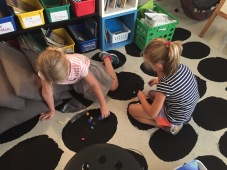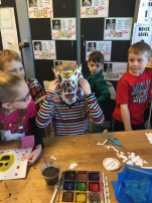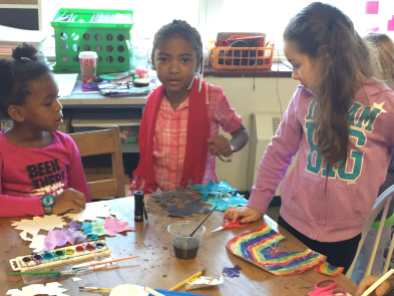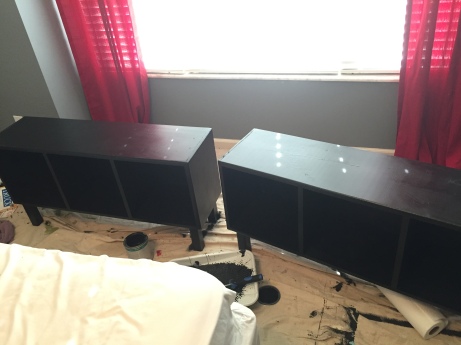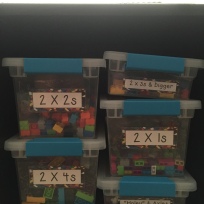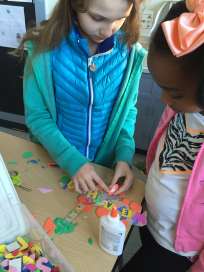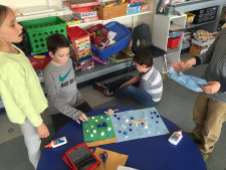As I mentioned in the post about I Wanna New Room, as well as in the post about directed drawing, we did lots of projects during our first days back after the holidays. Partly its because we only had a two-day-week (can I get a woot-woot for that one??), but also because easing back into work and being with friends after being away for two weeks is always a good idea.
Another thing we did that went SO WELL and that kiddos LOVED, was when we read the book Going Places (thank you Peter and Paul Reynolds for this amazing text!) and did a design challenge. 🙂

I’m not really sure from where this challenge came, but we’ve done it in 1st grade for a couple of years and it’s been super. I think this time around, though, we upped the ante a bit and had kiddos share their creation in a different way.
First of all, the book. We are BIG fans of Peter Reynolds, so when I showed them this one, they were already “in.” When I told them that they’d be doing a challenge based on it, they were even more excited. I heard them say “We love challenges!” <3. And then, later on, I heard “We LOVE this story!”
After the story, I gave them the directions. They were to build something that would help them “go places,” using a kit that everyone would get (like in the story). We didn’t talk a lot about what to do or how to do it (because they were so excited and wanted to get busy right away!), but they automatically started looking for partners (again, like they did in the story). And EVERYONE ended up with someone else with which to share both their supplies and their ideas!
As we got started, I recorded this video, and I love what you hear in it–that “buzz” that happens when everyone is engaged and busy! Check it out. 🙂
Did you notice in the video how they asked if they could use the bag in their creations? LOVE how they think outside the box (er, bag!) for these projects. 🙂
And once our 18 minutes for the challenge were up, kiddos had amazing creations that they wanted to share with their classmates (and you!).
Before we presented them, though, we had a conversation about what information our viewers would want (or need) to know related to our work. I reminded them that our audience was NOT there for the experience in our classroom, and we’d need to fill them in on the details so they understood what we were doing. These smart kiddos came up with a very thorough list of what to include in their videos:

They worked with their partner, and another partnership to plan and then record a video of themselves telling you all about what they made. They were supposed to watch and critique, then revise if necessary, to make sure it was their best work with all the parts. Many did this, but we’re still in the beginning stages of the “revision” part, so some might still have some places to improve (i.e. please ignore the places where others friends come in a put up bunny ears while they are recording, or the off-camera comments/voices you may hear).
I will share these videos now, but first I have mention how AMAZING this project was in our room. We had mentioned in our class that since we’ve come back from the holidays that kiddos have really stepped up their game; they are much more mature, focused and on task than ever! We ended up working on this project for close to 3 hours of our day–and most of us were engaged, busy and hard-working during that time. :). We had a debrief after it was all said and done (which I will write about in another post), and we talked about how much more we will be able to do as learners when I can count on them to be busy and working–monitoring their own thinking, time and planning–for long periods of time. We’re excited for where we will be able to go and what we’ll be able to accomplish. :).
Ok, and so back to what they actually made. It’s pretty great, so hope you enjoy!
Thanks for checking out our work, and sharing this journey with us. We’d LOVE to hear what you thought–leave us a comment! 🙂

 This is an end-of-year expectation, but we learn about it early and work on it all year in different ways.
This is an end-of-year expectation, but we learn about it early and work on it all year in different ways.


